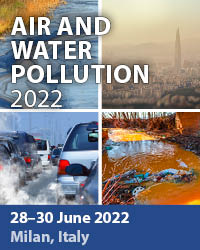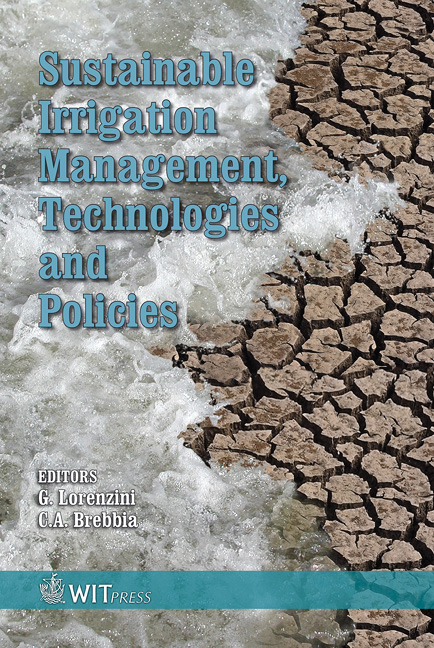Quarry Plans In The Management Of Water Resources: Case Study Of The River Serio
Price
Free (open access)
Transaction
Volume
96
Pages
10
Published
2006
Size
539 kb
Paper DOI
10.2495/SI060261
Copyright
WIT Press
Author(s)
G. Ravazzani, M. Mancini & S. Meucci
Abstract
This work investigates the possibility of rehabilitating and using volumes made available by the creation of quarries of inert materials in watercourse flood plains for the regulation of floods and for the maintenance of supplies in times of water scarcity. Such activities offer technical and economic synergies between the need for production of inert materials and the benefits that such excavations, given appropriate expedients, can provide both in reducing the flood risk and in mitigating shortages. The work in question fully complies with the terms of the Catchment Area and Water Conservation Plan, demonstrating moreover that the required rehabilitation operations are of low impact and are fully sustainable. The case study concerns the last stretch of the River Serio in the province of Cremona. Keywords: quarries, water scarcity, water supplies, sustainable management, conflicts, irrigation, flow duration curve. 1 Introduction In the Lombardy region, in Italy, the water supplies are maintained by heterogeneous resources, such as natural lakes, artificial reservoirs mostly located in mountains, groundwater and natural springs widespread in the southern part of the region. Water resources have been traditionally utilized for human consumptions, hydropower and thermoelectric production and, above all, agricultural irrigation. In the most recent years an increased environmental sensibility asked for the respect of the minimum flows for aquatic life conservation. Despite the natural abundance of water in Lombardy, shortage of water in recent years and the increase of consumptions, have exasperated the conflict between the users. In the last emergencies for water scarcity, irrigation
Keywords
quarries, water scarcity, water supplies, sustainable management, conflicts, irrigation, flow duration curve.





